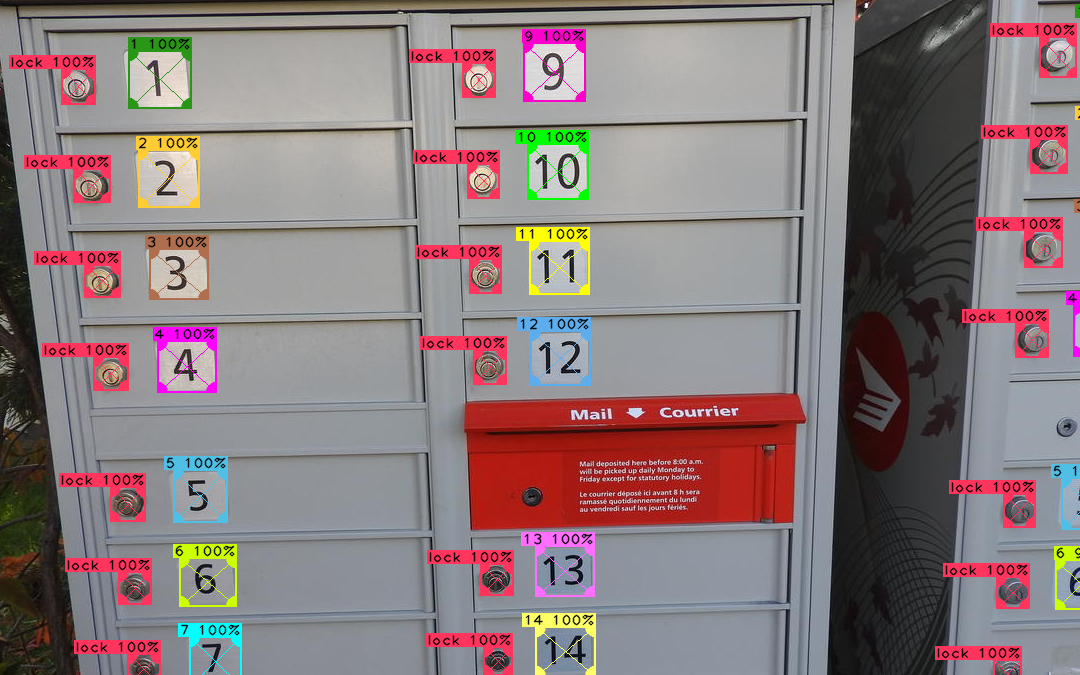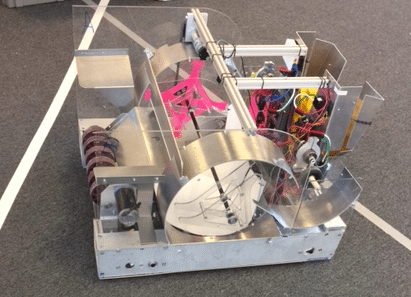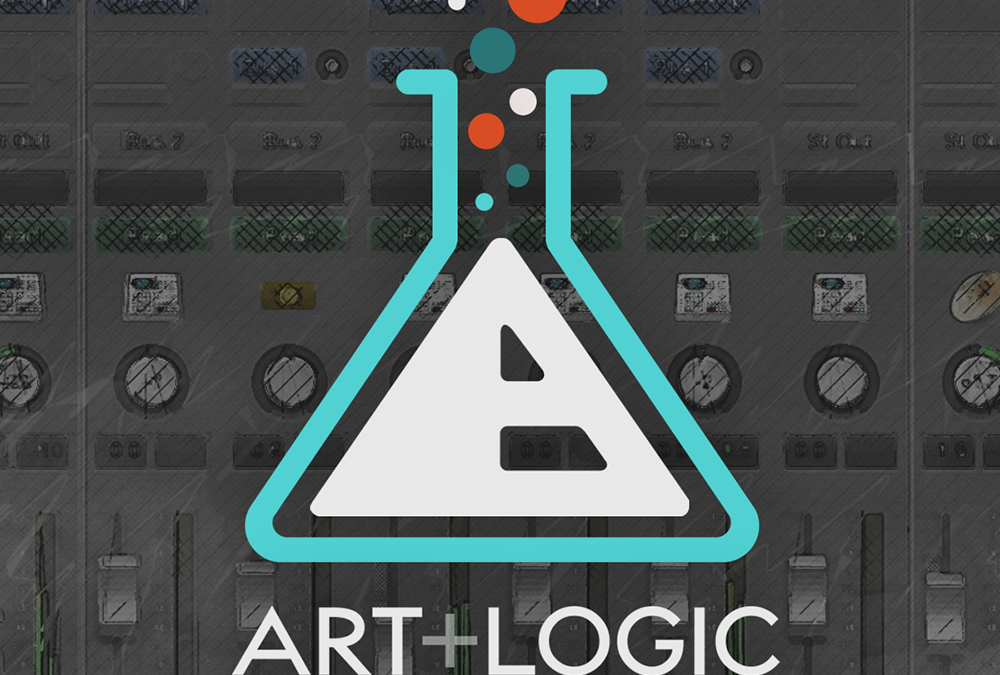
by Adam Singleton
Machine learning is not new, but advances in both hardware and software have recently opened the gate of possibilities. Automated drones and vehicles are capable of getting themselves from point A to point B without (much?) human intervention thanks to machine learning and artificial neural networks. With an extremely small amount of effort, software can now be developed to do incredible things with neural networks which couldn’t be done just a few years ago.

by Adam Singleton
As is often the case, I found myself working on a personal project and had some UI elements that *really* wanted to have some life to them on the screen. I started sketching some ideas in code, and by the time I was done with it, had created a reusable framework to add fairly rich animation capabilities to programs written using the JUCE application framework, where I have been doing a lot of work these past few years.

by Adam Singleton
Python is a powerful programming language with extensive library support. But what does one do when needing to integrate with a platform-specific C or C++ component that has no native Python support? There are two options: completely rewrite the functionality in Python, or create a Python extension. Either option can be painful and prone to errors. Enter Cython. It’s like the peanut butter and the jelly to the extension sandwich.
Like a PBJ sandwich, Cython code is easy to construct, satisfying to use, does not require exotic ingredients, and can be prepared by almost anyone.

by Adam Singleton
The mission: create a robot in six weeks. The challenge: complete on time, under budget, and with a team who may not know one another. Sound familiar?




